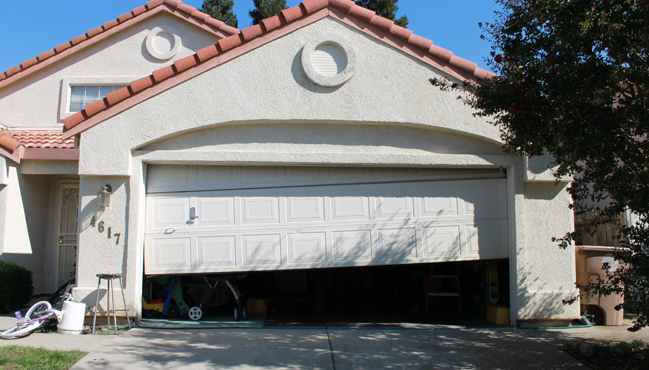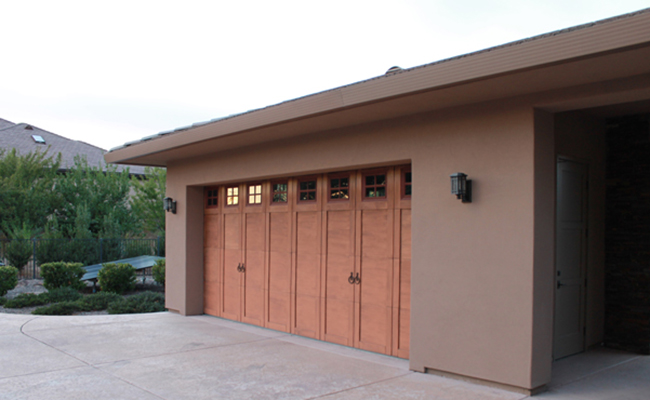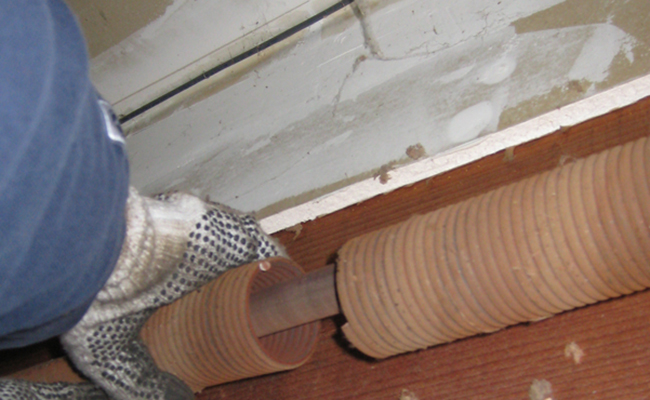A garage door opener is a modern convenience that most of us take for granted—until it stops working. When your garage door opener malfunctions, it can be more than just an inconvenience; it can disrupt your daily routine and compromise the security of your home. Fortunately, many common garage door opener problems can be diagnosed and resolved with some basic troubleshooting. In this article, we’ll explore the most frequent issues homeowners encounter with their garage door openers and provide practical solutions to fix them.
Understanding the underlying causes of these problems is the first step toward effective troubleshooting. Whether your garage door isn’t responding to the remote, is making unusual noises, or refuses to close properly, this guide will help you identify the issue and take the necessary steps to restore your garage door opener to full functionality.
Problem 1: Garage Door Opener Won’t Respond to Remote or Wall Switch
One of the most common issues with garage door openers is when they fail to respond to the remote control or wall switch. This problem can stem from several causes, ranging from simple battery issues to more complex electrical problems.
Solution:
- Check the Remote Control Batteries: The first thing to check is the batteries in your remote control. Weak or dead batteries are a frequent culprit. Replace the batteries and try again to see if this resolves the issue.
- Inspect the Power Source: If the remote isn’t the problem, check to ensure the garage door opener is properly plugged into a power outlet. If it is plugged in, verify that the outlet is functioning by plugging in another device, like a lamp, to see if it works. If the outlet isn’t working, you may have a tripped circuit breaker or a blown fuse that needs to be reset or replaced.
- Test the Wall Switch: If the garage door opener still doesn’t respond, test the wall switch. If the door doesn’t respond when you press the wall switch, the issue may lie within the wiring or the opener’s motor. If the wall switch works but the remote does not, reprogram the remote according to the manufacturer’s instructions. If neither works, the problem may be with the opener’s motor or control board, requiring professional assistance.
Problem 2: Garage Door Won’t Close All the Way
Another common issue is when the garage door opens correctly but refuses to close all the way. This can be frustrating, especially if it leaves your garage vulnerable to weather or unauthorized entry. The most likely causes of this issue are sensor misalignment, obstructions, or incorrect settings on the opener.
Solution:
- Check for Obstructions: The garage door may not close if there is something obstructing its path. Ensure that nothing is blocking the door’s sensors, such as a trash can, tool, or other object. Even a small object can prevent the door from closing completely.
- Inspect the Safety Sensors: Garage doors are equipped with safety sensors near the bottom of the tracks, which prevent the door from closing if something is in the way. If these sensors are misaligned or dirty, the door may stop and reverse before it closes. Check that the sensors are aligned with each other and that there’s nothing blocking their view. Clean the sensor lenses with a soft cloth to remove any dirt or debris.
- Adjust the Close-Limit Setting: The close-limit setting on your garage door opener determines how far the door travels before it stops. If this setting is too high, the door may stop short of the ground. Refer to your owner’s manual to adjust the close-limit setting. This is usually done by turning a screw on the opener unit. Make small adjustments and test the door until it closes fully.
Problem 3: Garage Door Reverses Before or After Hitting the Floor
A garage door that reverses direction either before or after hitting the floor is not only an inconvenience but also a potential safety hazard. This issue is often related to the garage door opener’s travel and force settings.
Solution:
- Adjust the Travel Limit Switches: The travel limit switches on your garage door opener control how far the door travels up and down. If the door reverses before hitting the floor, the down travel limit may need adjustment. If it reverses after hitting the floor, the limit may be set too low. Refer to your manual to locate the travel limit adjustment screws on the opener unit. Make small adjustments and test the door’s operation.
- Check the Force Settings: The force settings control how much force is applied to open and close the door. If these settings are too low, the opener may think the door has encountered an obstruction and reverse prematurely. Increase the force settings slightly and test the door to see if the issue is resolved. Be careful not to set the force too high, as this can cause the door to close too forcefully, potentially damaging the door or injuring someone.
- Inspect for Obstructions: Ensure that nothing is physically blocking the door’s path, and check that the tracks are clear of debris. A clean and obstruction-free track ensures the door moves smoothly and doesn’t trigger the safety reversal mechanism.
Problem 4: Garage Door Opener Makes Loud Noises
If your garage door opener is making unusual or loud noises, such as grinding, rattling, or squeaking, it’s a sign that something may be wrong with the mechanism. Common causes of noise include worn-out parts, lack of lubrication, or loose hardware.
Solution:
- Lubricate Moving Parts: Lack of lubrication is a common cause of noise in garage doors. Apply a high-quality silicone-based lubricant to the door’s rollers, hinges, and tracks. Avoid using WD-40 or grease, as these can attract dirt and debris. Proper lubrication can significantly reduce noise and improve the door’s operation.
- Tighten Loose Hardware: Over time, the vibrations from regular use can cause nuts, bolts, and screws to loosen, leading to rattling noises. Use a socket wrench to tighten all the hardware on the door, including the brackets, hinges, and tracks. Ensure that everything is securely fastened to prevent further noise issues.
- Inspect Rollers and Springs: Worn-out rollers or springs can also cause noise. If your garage door has metal rollers, consider upgrading to quieter nylon rollers. If the springs are making noise, they may need to be lubricated or replaced. Be cautious when dealing with garage door springs, as they are under high tension and can be dangerous to handle. If in doubt, contact a professional.
Problem 5: Garage Door Remote Control Not Working
When your garage door remote control suddenly stops working, it can be frustrating. This issue could be caused by a range of factors, including dead batteries, signal interference, or issues with the remote itself.
Solution:
- Replace the Batteries: The simplest and most common fix is to replace the batteries in the remote. Weak or dead batteries can prevent the remote from sending a signal to the opener. If replacing the batteries doesn’t work, check the battery contacts inside the remote for any corrosion or damage.
- Reprogram the Remote: If the batteries are fine but the remote still doesn’t work, it may have lost its connection with the opener. Reprogram the remote by following the instructions in your garage door opener’s manual. This usually involves pressing a specific button on the opener unit and then pressing the button on the remote to re-establish the connection.
- Check for Signal Interference: Sometimes, other wireless devices in your home can interfere with the signal between your remote and the garage door opener. If you suspect this is the case, try using the remote closer to the opener or moving potential sources of interference (such as Wi-Fi routers or cordless phones) away from the opener.
When to Call a Professional
While many garage door opener problems can be resolved with DIY troubleshooting, some issues may require the expertise of a professional. If you’ve tried the solutions above and your garage door opener still isn’t working properly, or if you encounter problems that you’re not comfortable fixing yourself (such as issues with the motor or wiring), it’s best to call a garage door technician.
Professional technicians have the tools and experience to diagnose and repair more complex problems, ensuring that your garage door opener operates safely and efficiently. Regular maintenance by a professional can also help prevent future issues, extending the life of your garage door opener.
Conclusion: Keep Your Garage Door Opener Running Smoothly
A well-functioning garage door opener is essential for the security and convenience of your home. By understanding and troubleshooting common problems, you can keep your garage door opener in top working condition and avoid the frustration of unexpected breakdowns. Regular maintenance, such as lubricating moving parts and checking the system for wear and tear, can also help prevent issues before they arise. When in doubt, don’t hesitate to seek professional assistance to ensure that your garage door opener continues to operate smoothly and reliably.








